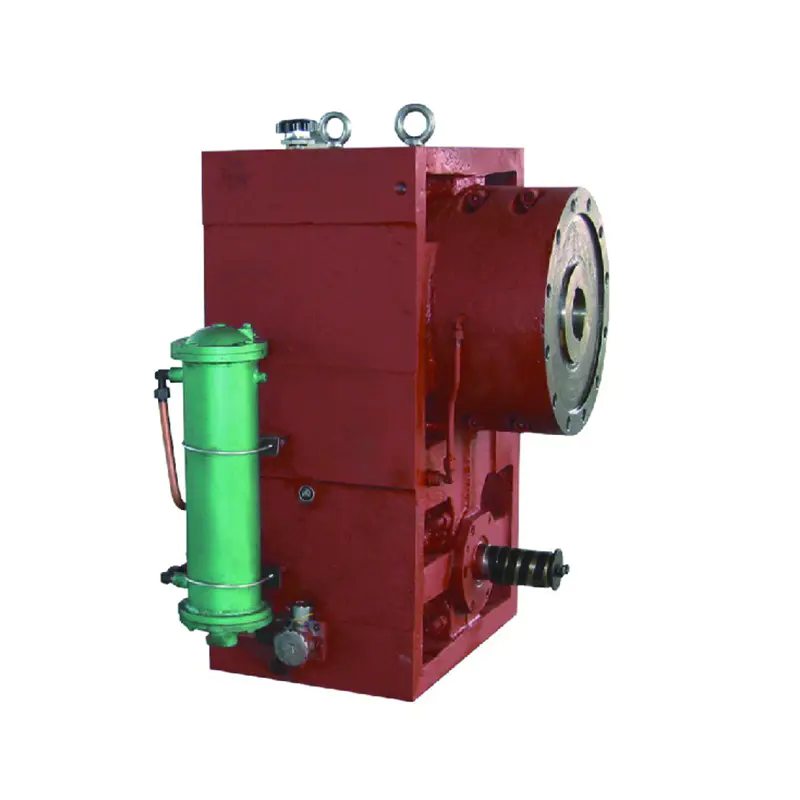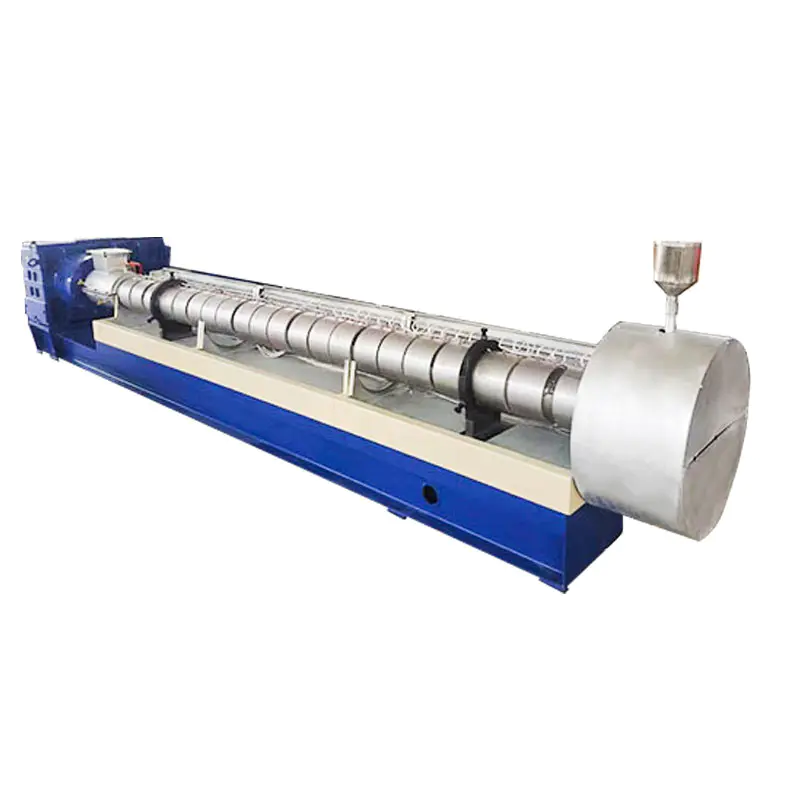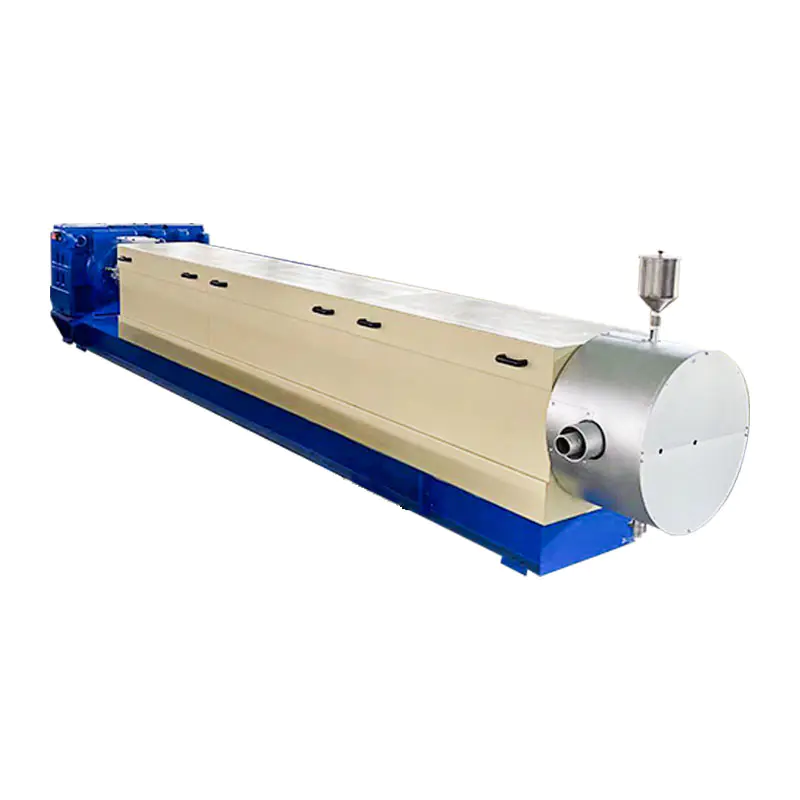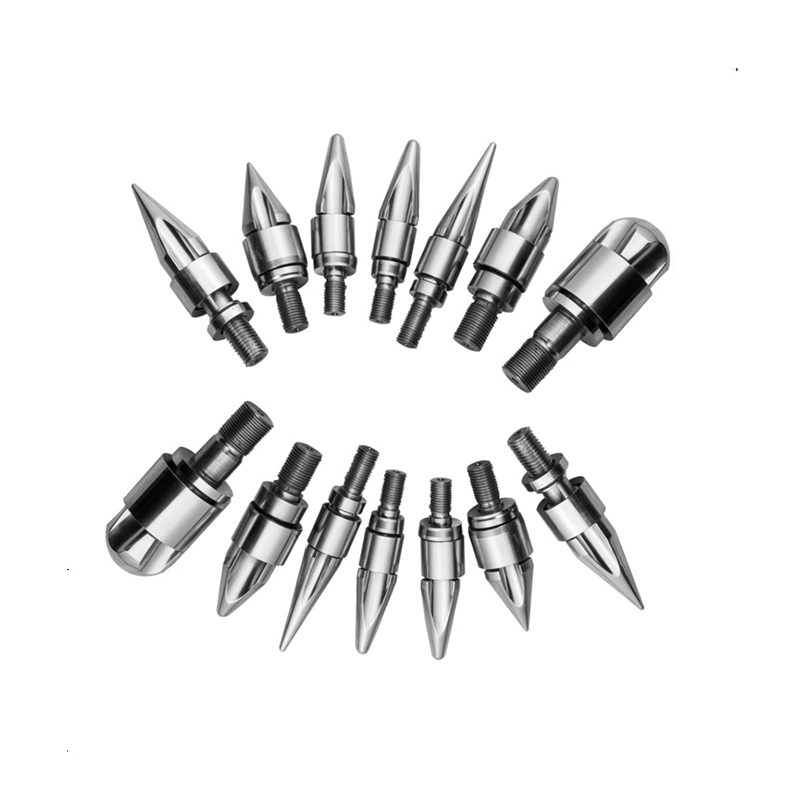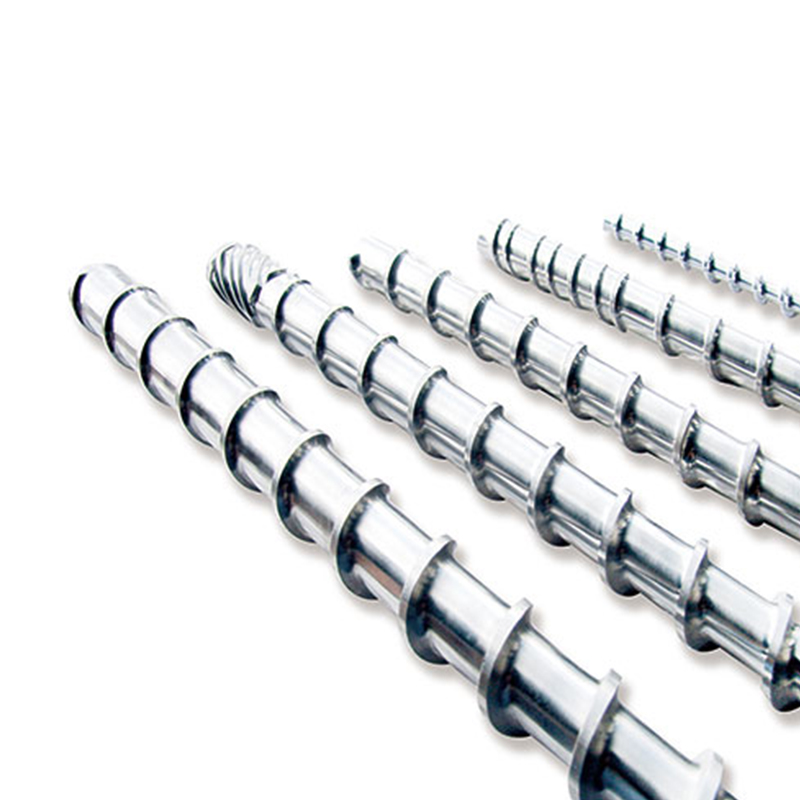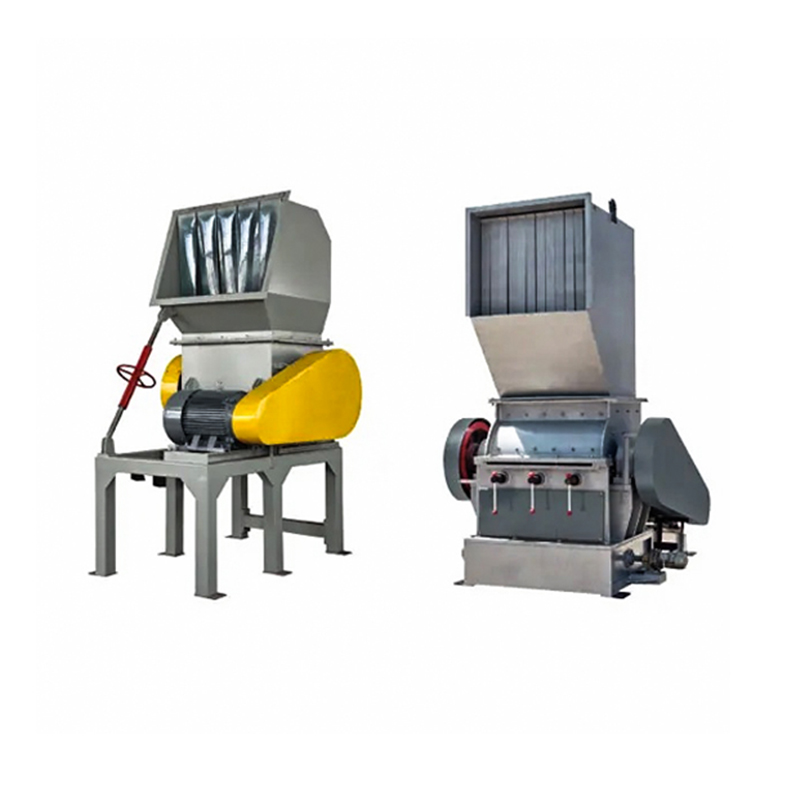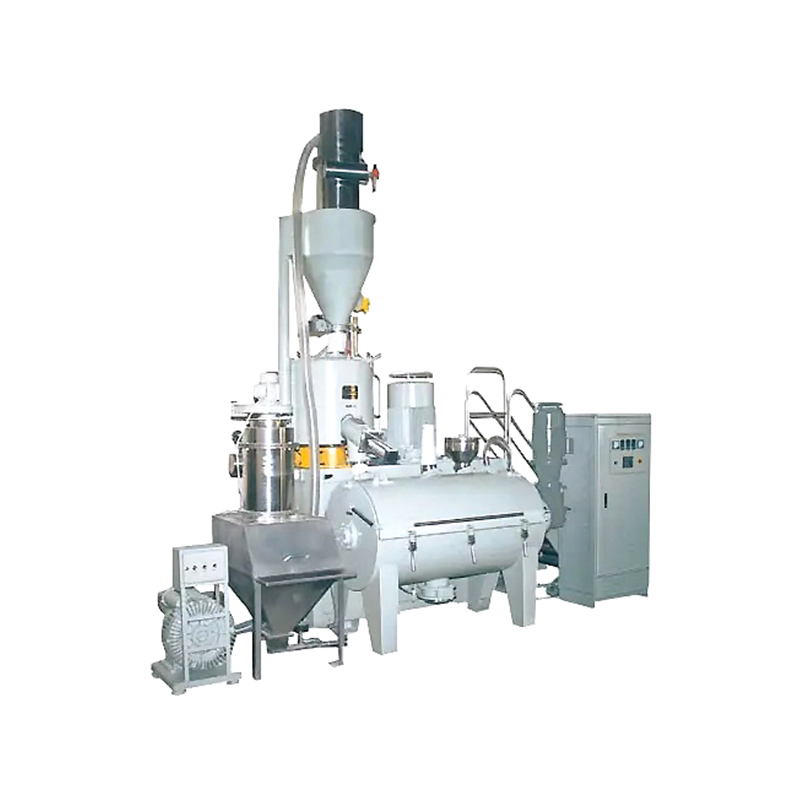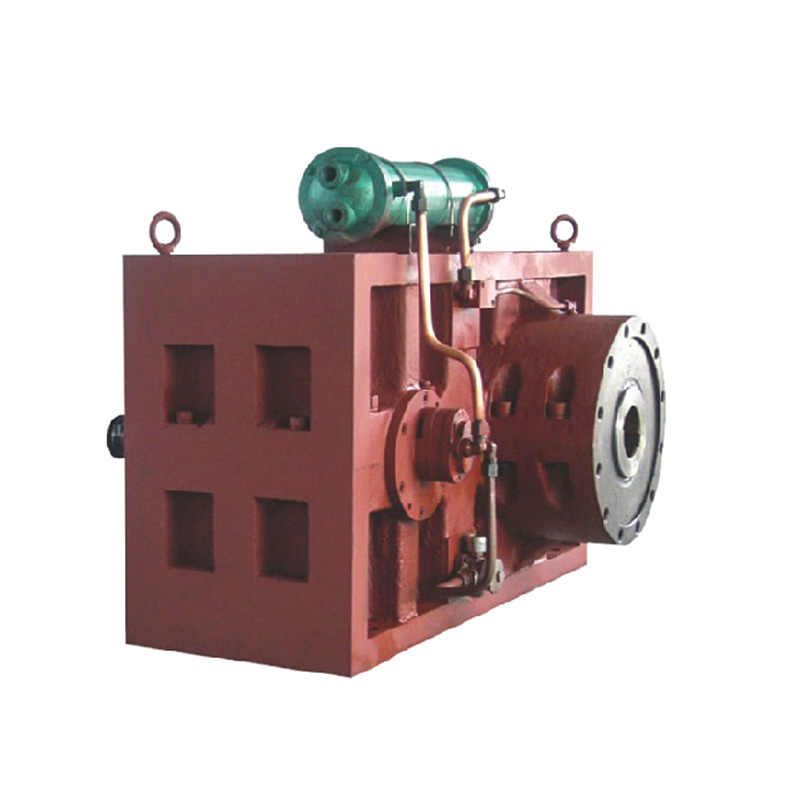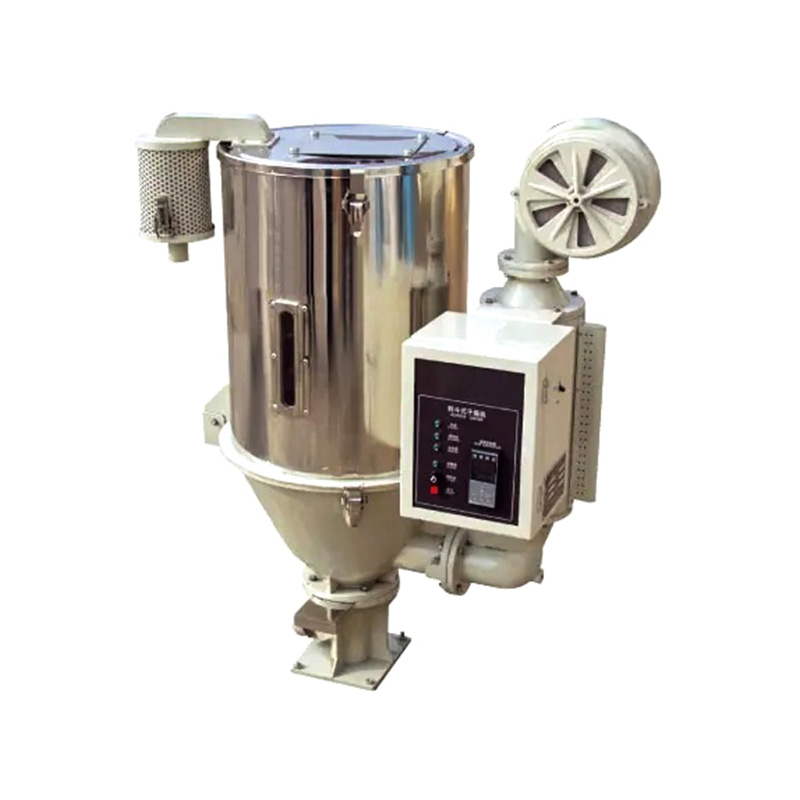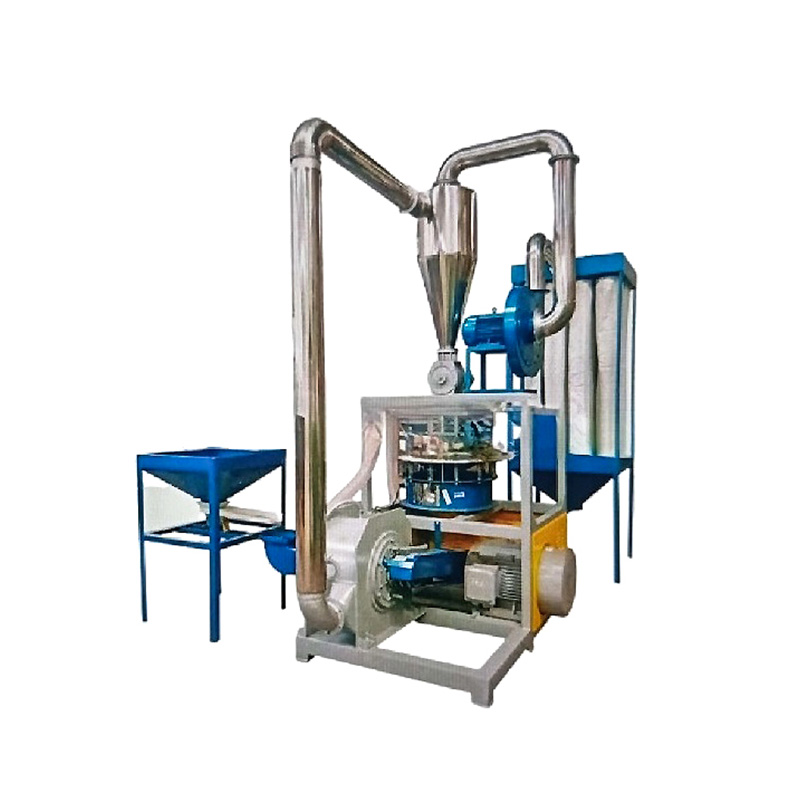Selecting the appropriate Plastic Pelleting Machine is a critical decision for businesses in the plastics industry. An ill-fitted machine can lead to inefficiencies, increased operational costs, and production bottlenecks.
Key Factors to Consider
When choosing a Plastic Pelleting Machine, several technical and operational aspects must be analyzed to determine the optimal size and configuration.
Production Capacity Requirements
-
Assess Average and Peak Output Needs: Calculate the typical daily or hourly production volume required. For instance, a small-scale operation may suffice with a machine processing 100–500 kg/h, while large-scale facilities might need units handling over 1,000 kg/h.
-
Consider Throughput and Cycle Times: Evaluate the machine’s ability to maintain consistent output under varying material inputs. Higher-capacity Plastic Pelleting Machines often feature enhanced extrusion and cutting mechanisms to minimize downtime.
-
Account for Future Scalability: If business growth is anticipated, select a Plastic Pelleting Machine with modular designs or adjustable settings to accommodate increased demand without requiring full replacement.
Material Characteristics and Compatibility
-
Analyze Polymer Types: Different plastics, such as PET, PP, or PVC, have unique melting points and flow properties. Ensure the Plastic Pelleting Machine is engineered to handle the specific materials processed, including reinforced or composite polymers.
-
Evaluate Material Feed Consistency: Machines with uniform feeding systems reduce the risk of clogging or uneven pellet size. For abrasive materials, components like hardened screws and barrels may be necessary to extend the Plastic Pelleting Machine’s lifespan.
-
Check Moisture and Contaminant Tolerance: Some operations require integrated drying or filtration systems within the Plastic Pelleting Machine to maintain pellet quality, especially when recycling post-consumer plastics.
Space and Installation Constraints
-
Measure Available Floor Area: Plastic Pelleting Machines vary in footprint; compact models suit limited spaces, while industrial units may require dedicated sections with adequate clearance for maintenance.
-
Review Utility Connections: Verify power supply requirements (e.g., voltage, phase) and auxiliary needs like water cooling or compressed air. Proper installation ensures the Plastic Pelleting Machine operates within safety and efficiency standards.
-
Plan for Material Handling Integration: Consider how the machine will interface with upstream (e.g., extruders) and downstream (e.g., packaging) equipment. A well-sized Plastic Pelleting Machine should facilitate smooth workflow without spatial conflicts.
Cost and Operational Efficiency
-
Calculate Total Cost of Ownership: Beyond the initial purchase price, factor in energy consumption, maintenance, and spare parts. Energy-efficient Plastic Pelleting Machines may have higher upfront costs but lower long-term expenses.
-
Analyze Maintenance Requirements: Machines with accessible components and automated lubrication systems can reduce downtime. Regular upkeep is essential for sustaining the performance of a Plastic Pelleting Machine.
-
Evaluate Return on Investment: Compare output gains against operational costs. For example, a properly sized Plastic Pelleting Machine minimizes material waste and energy use, contributing to faster payback periods.
Choosing the right size Plastic Pelleting Machine demands a methodical assessment of production goals, material properties, spatial limitations, and economic factors. By prioritizing these elements, businesses can enhance operational reliability and achieve sustainable growth. A well-selected Plastic Pelleting Machine not only meets current needs but also adapts to evolving industry demands.



 عربى
عربى
